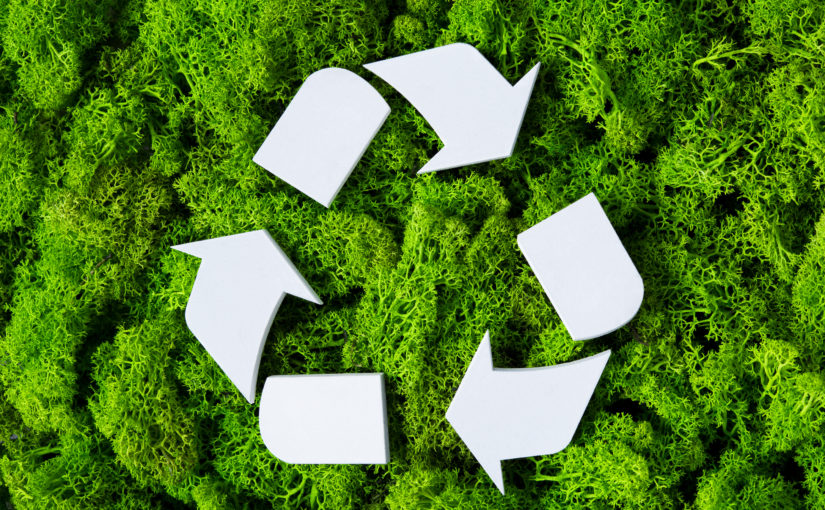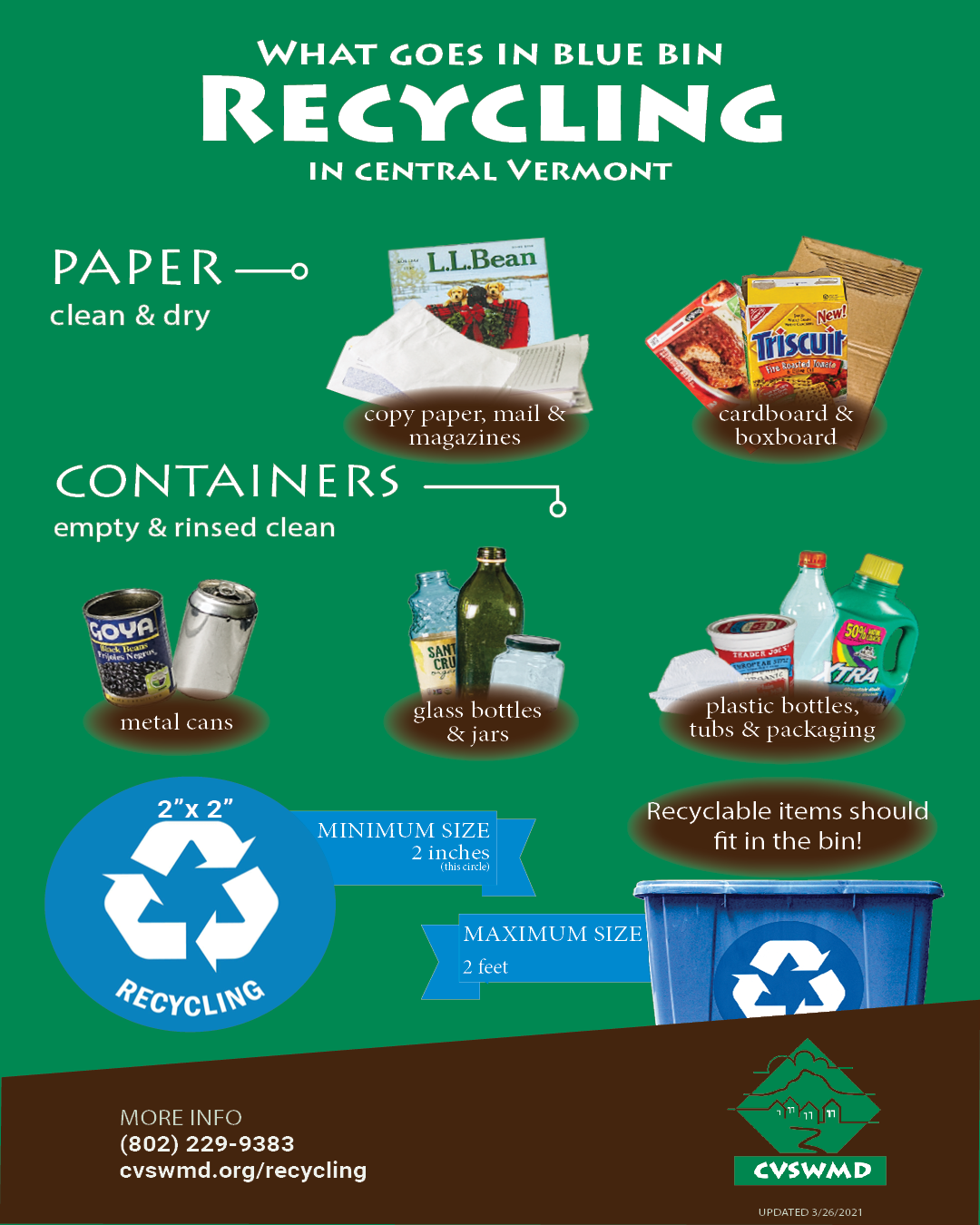Recycling Lives Services: A Total Solution for Company Recycling
Recycling Lives Services: A Total Solution for Company Recycling
Blog Article
Checking Out Various Kinds Of Waste in Modern Waste Monitoring Equipment
The modern landscape of waste administration entails navigating a complicated array of waste kinds, each needing specialized handling and disposal techniques to reduce ecological impacts. Municipal solid waste, unsafe waste, digital waste, and organic waste each present distinct challenges and chances for resource recovery.
Metropolitan Solid Waste
Local solid waste, often referred to as house garbage or garbage, encompasses a range of disposed of products created by household, industrial, and institutional sources within a district. This waste stream generally consists of items such as product packaging, food scraps, lawn trimmings, paper, plastics, fabrics, and thrown out family goods. The monitoring of municipal solid waste is a critical component of urban planning and public health and wellness, requiring efficient collection, transportation, and disposal systems.
Efficient waste administration systems are made to decrease environmental impact while taking full advantage of source healing. Composting natural waste, such as food scraps and lawn trimmings, not only lowers garbage dump usage however additionally generates important dirt modifications.
Districts should additionally deal with the financial and logistical obstacles related to waste administration. Carrying out pay-as-you-throw systems, boosting public understanding, and purchasing modern technology can substantially boost waste diversion rates. By incorporating these practices, districts can cultivate sustainable neighborhoods, reduce greenhouse gas emissions, and save natural deposits.
Hazardous Waste

Efficient unsafe waste management includes numerous important steps: identification, treatment, partition, and disposal. Recognition requires the category of waste based upon its unsafe homes. Segregation ensures that hazardous materials are stored separately from non-hazardous waste to stop cross-contamination. Therapy techniques, such as chemical neutralization, incineration, and stablizing, are utilized to decrease the poisoning, volume, or wheelchair of the waste. Finally, disposal options, including safe garbage dumps and below ground storage space, are picked to make certain long-term containment.
Governing frameworks, such as the Resource Conservation and Healing Act (RCRA) in the USA, offer guidelines and requirements for hazardous waste administration. Adherence to these laws, combined with developments in waste treatment innovations, is vital in mitigating the threats associated with harmful waste.
Electronic Waste
Digital waste, typically described as e-waste, represents a rapidly growing obstacle in waste administration systems around the world. This sort of waste includes disposed of electronic tools and equipment such as mobile phones, computer systems, tvs, and other electronic appliances. The rapid pace of technical innovation, coupled with lowering item life-spans and consumer need for the most up to date gadgets, has actually significantly raised the volume of e-waste generated every year.
E-waste is especially bothersome due to its intricate structure, frequently consisting of dangerous compounds like lead, mercury, and cadmium, which posture considerable ecological and health threats if not effectively managed. On the other hand, e-waste also consists of valuable products such as silver, gold, and copper, which can be recuperated and reused. The dual nature of e-waste-- both hazardous and beneficial-- demands specific handling, reusing, and disposal processes.
Effective e-waste monitoring entails rigid regulative structures, durable collection systems, and progressed reusing modern technologies. Public awareness and involvement are crucial, as inappropriate disposal techniques, such as prohibited unloading and casual recycling, aggravate environmental contamination and wellness dangers. Subsequently, boosting e-waste management practices is important for minimizing eco-friendly influence and recovering beneficial sources in a significantly electronic world.

Organic Waste
Organic waste, making up kitchen area scraps, lawn trimmings, and agricultural deposits, represents a significant portion of the global waste stream. This kind of waste is eco-friendly, suggesting it can be damaged down by microbes into simpler organic compounds. Regardless of its possibility for her response all-natural decay, improper monitoring of natural waste can lead to adverse ecological impacts, including the emission of greenhouse gases such as methane, which contribute to environment modification.
Reliable administration of organic waste is vital for lessening these environmental effects (recycling lives services). Composting is an extensively taken on approach, changing natural waste right into nutrient-rich garden compost that can enhance soil wellness and agricultural productivity. Additionally, anaerobic food digestion is an arising technology that transforms organic waste into biogas, a renewable resource resource, and digestate, which can be used as plant food
Municipalities and waste administration entities should carry out durable natural waste collection and therapy programs to make best use of the advantages of these processes. Public education and learning projects can likewise play a critical role in encouraging homes and businesses to separate organic waste from various other sorts of waste. By focusing on the monitoring of natural waste, societies can decrease land fill usage, lower greenhouse gas emissions, and create see it here valuable by-products for agricultural usage.

Cutting-edge Waste Monitoring
In the world of waste administration, ingenious techniques are changing just how cultures handle their refuse, going for sustainability and efficiency. These improvements include a series of modern technologies and methods that improve recycling rates, reduce landfill reliance, and reduced ecological effect. One prominent advancement is the execution of clever waste bins equipped with sensing units that check fill degrees and maximize collection courses. This not just minimizes gas usage yet additionally minimizes greenhouse gas emissions.
An additional noteworthy development is the fostering of waste-to-energy (WtE) innovations. By converting non-recyclable waste right into useful energy via procedures such as incineration and anaerobic food digestion, WtE reduces landfill burden and supplies a renewable resource source. Improvements in chemical recycling enable for the breakdown of intricate plastics into their original monomers, making it possible for the creation of new, top notch plastic items.
Furthermore, the circular economic climate version is getting traction, highlighting the style of items and systems that prioritize reusability and source effectiveness. This all natural approach encourages sectors to decrease waste generation from the outset. With these cutting-edge methods, contemporary waste monitoring systems are not only attending to the prompt challenges of garbage disposal but additionally paving the way for an extra lasting future.
Verdict
An extensive understanding of municipal solid waste, harmful waste, digital waste, and organic waste, coupled with the implementation of innovative waste administration remedies, is important for alleviating environmental influences. Incorporating technologies such as wise waste bins and waste-to-energy systems can improve efficiency and sustainability. Effective waste monitoring approaches not only foster source recovery but likewise promote public recognition and participation, eventually contributing to the development of a circular economic climate.
The modern landscape of waste management entails browsing a complicated selection of waste types, each calling for specialized handling and disposal approaches to mitigate environmental effects. Municipal solid waste, harmful waste, electronic waste, and natural waste each existing see this unique obstacles and opportunities for resource recuperation.Electronic waste, typically referred to as e-waste, stands for a swiftly expanding obstacle in waste administration systems worldwide. With these innovative approaches, modern waste management systems are not just resolving the immediate obstacles of waste disposal but also paving the method for a more sustainable future.
An extensive understanding of community strong waste, hazardous waste, digital waste, and organic waste, combined with the execution of cutting-edge waste monitoring solutions, is crucial for minimizing ecological influences. (recycling lives services)
Report this page